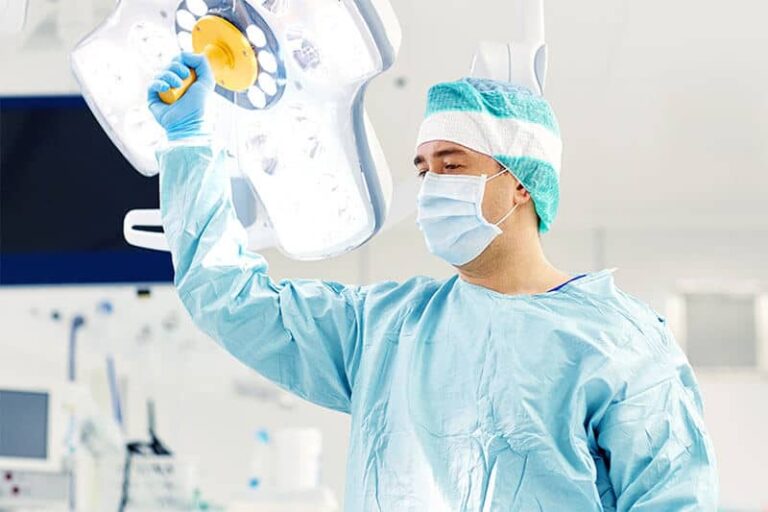Diagnosis & Investigation
1. Clinical Evaluation:
- Medical History: Gathering information about the patient’s symptoms, past medical conditions, family history, and lifestyle factors.
- Physical Examination: A thorough examination of the patient’s body to assess signs of illness, abnormalities, or specific clinical findings.
2. Diagnostic Tests and Procedures:
- Laboratory Tests: Blood tests, urine tests, and other laboratory analyses help assess various aspects of the body’s functions, such as blood cell counts, organ function, and metabolic markers.
- Imaging Studies: Radiological tests, including X-rays, CT scans, MRIs, and ultrasounds, provide detailed images of internal structures to identify abnormalities or diseases.
- Endoscopic Procedures: Using specialized instruments, healthcare professionals can visualize and assess the internal structures of organs, such as the digestive tract or respiratory system.
- Biopsy: Removing a small sample of tissue for microscopic examination to diagnose or rule out conditions like cancer.
- Electrocardiogram (ECG or EKG): Recording the electrical activity of the heart to assess cardiac health and detect abnormalities.
- Electroencephalogram (EEG): Recording electrical activity in the brain to diagnose conditions like epilepsy or other neurological disorders.
- Pulmonary Function Tests: Assessing lung function to diagnose respiratory conditions.
3. Specialized Investigations:
- Genetic Testing: Identifying genetic markers or mutations associated with certain conditions or susceptibility to diseases.
- Hormone Assays: Measuring hormone levels in the blood to assess endocrine function.
- Allergy Testing: Identifying specific allergens that trigger allergic reactions.
- Functional Tests: Assessing the functional capacity of specific organs or systems, such as liver function tests.
4. Differential Diagnosis:
- Evaluating and considering various possible conditions that could explain the patient’s symptoms.
- Ruling out conditions to narrow down the list of potential diagnoses.
5. Consultations and Referrals:
- Seeking input from specialists or subspecialists for complex or specific conditions.
- Collaborating with other healthcare professionals to obtain a comprehensive understanding of the patient’s health.
6. Diagnostic Criteria and Guidelines:
- Referring to established criteria and guidelines to standardize the diagnostic process for specific conditions.
- Utilizing tools such as the Diagnostic and Statistical Manual of Mental Disorders (DSM) for psychiatric diagnoses.
7. Multidisciplinary Approach:
- Involving a team of healthcare professionals, including physicians, nurses, radiologists, pathologists, and other specialists, to ensure a comprehensive evaluation.
8. Patient Input and Shared Decision-Making:
- Engaging patients in the diagnostic process, discussing findings, and involving them in decisions regarding their care.
9. Ongoing Monitoring and Reevaluation:
- Continuously monitoring the patient’s condition over time.
- Reevaluating the diagnosis and treatment plan based on the patient’s response to interventions.
10. Ethical Considerations:
- Ensuring respect for patient autonomy, confidentiality, and informed consent throughout the diagnostic process.
- Balancing the benefits and risks of diagnostic tests and interventions.
11. Incorporating Technology:
- Utilizing advancements in medical technology, including artificial intelligence and machine learning, to aid in diagnosis.

With access to
24 Hour
Emergency
Assistance
A small river named Duden flows by their place and supplies it with the necessary regavelialia. It is a paradise.
















